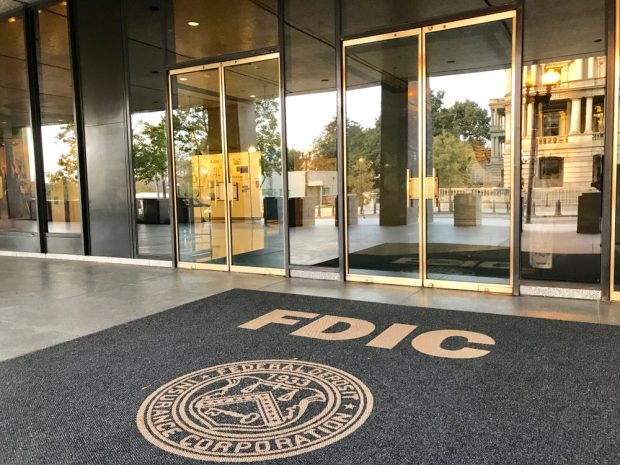For Banks, Guaranteeing 100% of Everyone’s Money Threatens Moral Hazard

There are no guarantees in life, except for insuring bank deposits up to $250,000.
Or maybe more.
In just about a week, three banks have failed, prompting a wide range of discussion about what could have been done, what should be done and what shouldn’t be done.
And the policy prescriptions run the gamut between letting them fail, keeping the $250,000 cap on insured deposits and insuring everything.
At least one observer — Rep. Blaine Luetkemeyer of Missouri, who serves on the House Financial Services Committee — has been reported by Yahoo Finance as advocating that the U.S. government “temporarily” insure all bank deposits.
Elsewhere, in a piece penned for Financial Times, former FDIC Chair Sheila Bair noted that “banking regulators have now decided that the failure of two midsized banks, Silicon Valley Bank and Signature, pose systemic risk, requiring the Federal Deposit Insurance Corporation to pay off their uninsured depositors.” Beyond questioning whether the risk truly is/has been that acute and whether there’s the risk of overreaction on the part of regulators, Bair noted that if the FDIC truly fears bank runs if bailouts were not in the offering, then it would make more sense to temporarily backstop all uninsured accounts and charge banks a fee to cover losses.”
Some Precedent
The precedent is there: During her time at the FDIC, she wrote, the FDIC backstopped uninsured transaction accounts used by smaller banks/clients to keep operations running and by extension, help prevent business being lost to larger banking competitors — the marquee names such as JPMorgan Chase.
”Despite its success, Congress decided to ban this kind of even-handed help to all banks,” noted Baird.
We note that the fact that banking regulators are now making Silicon Valley Bank and Signature Bank uninsured depositors whole does indeed — at the moment — acknowledge a fear of bank runs and secondly create an unequal playing field among financial institutions (FIs) in general.
If the feds do indeed entertain the notion — and put into practice — universal deposit insurance, a series of knotty questions arise. Namely: How to ensure that all banks are regulated the same way, how often they are examined and by whom? The question arises, too, about what to do when things go wrong and who is ultimately responsible.
Perhaps Some Unintended Consequences
The potential for unintended consequences is high. If all funds are guaranteed, there’s at least some incentive to take the risk with depositors’ funds — where risks are tied to the pursuit of (profit) rewards (which then may spur banks to take on credit risk or even be lax about cyber threats). Still, ultimately the losses and cleanup are shifted to the government.
The universal guarantee, if implemented, also might short-circuit the incentive of account holders to vote with their feet and in effect, punish ineffective managers and unsound banking business models by departing for competitors they view as being more disciplined and safer. Moral hazard, of course, is what happens when no one’s pushed to guard against their own or others’ risk-taking because the consequences are not daunting enough to instill that vigilance.
In the meantime, regulators will face the need to examine whether there should be more uniform liquidity and capital requirements, whether stress testing might need to be done more often and whether there can/should be stricter mandates about where capital is concentrated. Only then will the playing field be more leveled and the threat of moral hazard tamped down.

